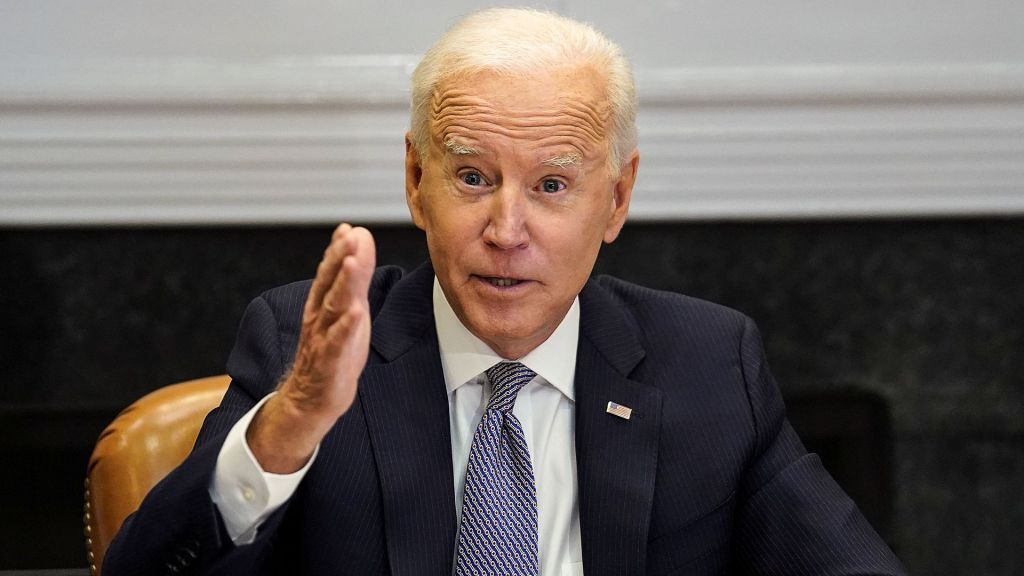
Commentary
-
Our commentary partners will help you reach your own conclusions on complex topics.
Recently, the US Supreme Court heard a challenge on the admission of people to universities based on their race.
It’s a classic affirmative action case. What happens is the two universities, Harvard and University of North Carolina have pretty much explicit quotas for different groups that they will admit. Consider, for example, the situation at Harvard. Back in the 1920s, and 1930s, Harvard had a pretty explicit Jewish quota. Jews made up around 3% of the country, and yet standardized tests, which had just been developed, 25% of those who reached a level that allowed them to be admitted to Harvard, were Jewish – eight times the share of the population.
Well, this was a bit too much for waspy old Harvard. And so the percentage of Jews in the admitted class was tapped at around 15%. Ironically, the wasps running Harvard thought 15% was a high number, because the population was only 3% Jewish.
Today, that same kind of discrimination is being felt by Asian students. The percent of the admissions to Harvard’s incoming class should be between 30 and 35% Asian, based simply on their performance on test scores and grade point averages. Instead, it’s only 18%.
So Harvard is being sued for this. Now, one looks at their practices, and these are numbers that come straight from Harvard, and you can get a sense of the nature of the discrimination.
Harvard sends out recruitment letters, for example, to people that they’ve heard about that they really would like to have apply. And they have SAT cut offs, SAT scores run up to 1600.
Blacks and Hispanics will get a recruitment letter with a score of around 1100. Asian women won’t get one until their score is 1350. And Asian men won’t get one unless their score is at least 1380.
Recruitment letters are only sent to whites in diverse parts of the country, such as Utah and Montana. And there, the cutoff is 1310. So you can see there are several 100 point differences between who they send recruitments letters to, based on race.
In North Carolina, there’s a similar pattern with regard to admissions. Asians who were admitted had an average score of 1216. Whites, 1148. Students with mixed backgrounds, 1085. Hispanics, 1043. And blacks 966.
These are very different average test scores in the state of North Carolina. And in order to have a class that resembles the population, obviously, blacks and Hispanics with lower test scores tend to get admitted, whereas Asians, even with high test scores do not.
There was a study done in the 1990s that took a look at all elite colleges, and it was published – republished, excuse me – by the LA Times. What that study found was that the SAT bonus points given to blacks was plus 230. It was plus 185 for Hispanics, where Asians had 50 points deducted from their SATs scores in determining admissions.
Now, one can argue either side of this, I suppose, from a public policy point of view. If your goal is to have certain percentages of people from each race admitted, then you have to use some kind of discrimination against those who are in groups who do well and give bonuses to those who don’t do well.
But is that a meritocracy? No. It’s race-based quotas. Let’s call it for what it is. Does it defy the U.S. Constitution’s requirement for equal protection under the law? Absolutely. It also defies a lot of U.S. civil rights law. But again, you can either have equality of individuals or you can shoot for equality of groups.
Americans based on the idea of equality of individuals, but that is being questioned. Is it fair? Well, again, it goes back to the same question. Should you be given bonus points because others who look like you don’t do as well? Or should you be penalized because others who look like you, do do well? That doesn’t sound very individualistic. It sounds again, like group-based admissions policy.
The other question is, does it really help? If you admit someone to a college or law school, or what have you, who is significantly below his or her classmates in performance, or was on tests, are you really doing them a favor?
Well, a study of law schools found that half of the blacks who were admitted had grade point averages in the bottom 10% of their class. Well, this has the tendency to create a lot of negative stereotypes. You know, were you an affirmative action lawyer, right? Is that why you were admitted? Or are you a lawyer because you’re actually good at the job? And it also has negative psychological effects on individuals who are in the bottom of their class and are fighting hard to compete and just not making it.
The Supreme Court has taken this up. It will be an important decision. Needless to say, America’s colleges and universities want to have the right to discriminate based on race. Right now, it looks like the Supreme Court won’t let them do it anymore.
This is Larry Lindsey for Straight Arrow News.
-
President Biden just isn’t cool
For some Americans, politics is only about policy, while others prioritize core values, ideas, aspirations or beliefs. Still, for others, politics may be a reflection of culture, where voting serves as a symbolic act to proclaim cultural group identity. But for some Americans, who they vote for and support is more of a popularity contest,…
-
Federal Reserve policy should be more restrictive
The American economy is booming, with high GDP growth, record-low unemployment, and wage gains for median workers. Over the past few quarters, U.S. economic growth indicators have consistently outperformed official projections. But the U.S. Federal Reserve recently conceded that its policies might be too restrictive, hindering the full potential of the U.S. economy, which the…
-
Celebrate tight labor market, but don’t cut interest rates
While President Joe Biden has been celebrating U.S. economic success, many Americans are still unhappy about the economy. So who’s right? The most recent jobs report for February showed that while the unemployment rate rose slightly to 3.9%, job gains were higher than expected, with the total coming in at 275,000 versus the expected increase…
-
Social and economic class will define 2024 election
Following in the footsteps of FDR, Democratic support in the past hundred years has drawn largely from working-class individuals, labor unions, and civil society organizations. Republican support, conversely, tended to rely upon larger corporate donations and the support of high-income individuals. In 2024, these traditional roles are evolving, and the new reality of campaign finance…
-
Black swan events make next US president difficult to predict
In November, Americans will cast their votes to elect a new president and Congress. Despite significant indicators suggesting dissatisfaction with the economy, posing a challenge for President Biden’s potential reelection, predicting the winner remains challenging due to all the variables at play. Straight Arrow News contributor Larry Lindsey utilizes a recent Gallup poll to offer…
Latest Opinions
-
 AP Images
AP Images
Argentina asks to join NATO as Milei looks to enhance security, strengthen ties
-
 Getty Images
Getty Images
Utah students protest 'furries,' school admin deny problem
-
 Reuters/Jane Rosenberg
Reuters/Jane Rosenberg
Trump’s ‘hush money’ trial: Legal experts debate name coined by media.
-
 AP Images
AP Images
Black Chicagoans feel neglected as millions funneled to migrant crisis
-
 Envato
Envato
Congress wants to curtail ‘judge shopping.’ Can it act before the election?
Popular Opinions
-
In addition to the facts, we believe it’s vital to hear perspectives from all sides of the political spectrum.


